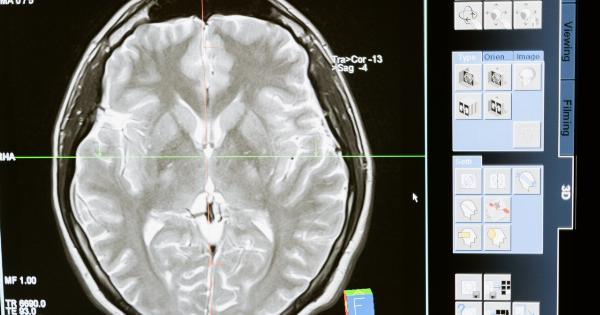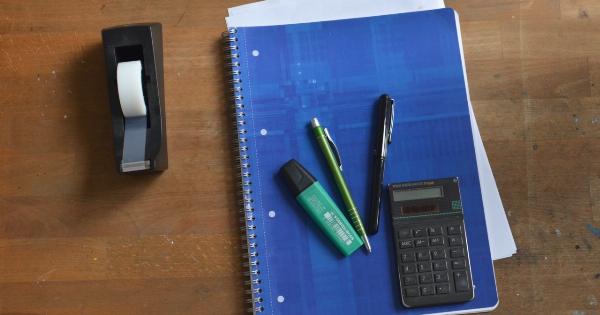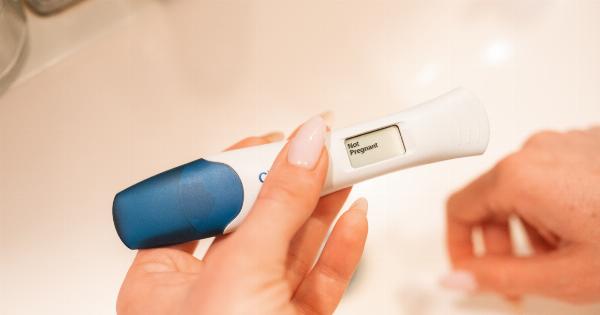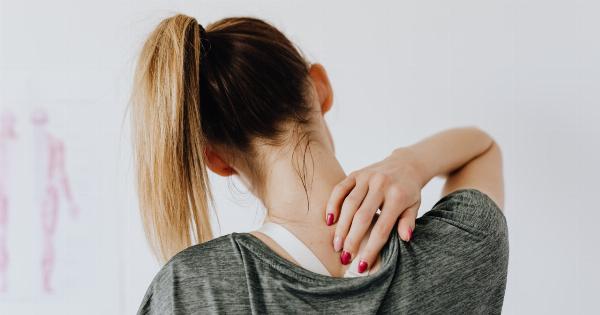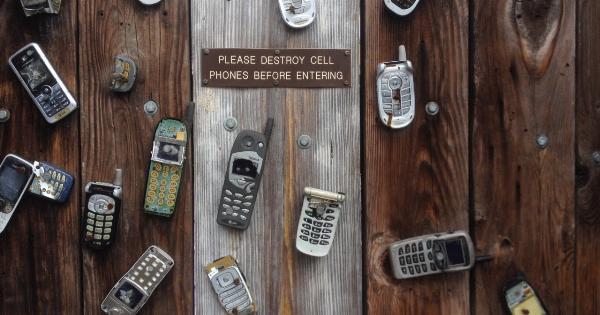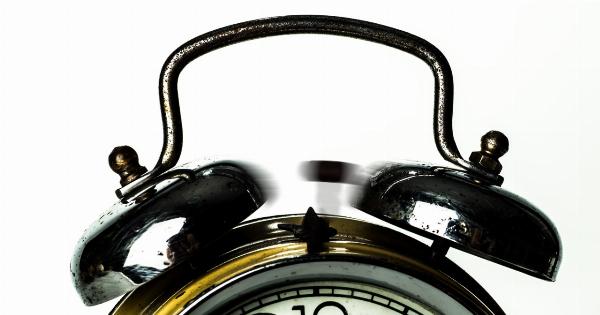Gryoid alopecia, also known as pattern baldness or androgenetic alopecia, is a common condition that affects both men and women. It is characterized by hair loss in specific areas of the scalp, leading to thinning hair and eventual baldness.
Understanding Gryoid Alopecia
Gryoid alopecia is caused by a combination of genetic and hormonal factors. It is believed to be influenced by the presence of the hormone dihydrotestosterone (DHT), which is derived from testosterone.
DHT shortens the growth phase of hair follicles, causing them to become thinner and shorter over time. Eventually, the hair follicles shrink and stop producing new hairs, leading to baldness.
Treatment Options for Gryoid Alopecia
While gryoid alopecia cannot be fully cured, there are several revolutionary treatment options available that can help slow down hair loss, stimulate hair regrowth, and improve the overall appearance of the hair. These solutions include:.
1. Topical DHT Blockers
One of the most effective treatments for gryoid alopecia is the use of topical DHT blockers. These are applied directly to the scalp and work by reducing the production of DHT or blocking its effects on the hair follicles.
Common topical DHT blockers include minoxidil and finasteride. These medications have been approved by the FDA and have shown positive results in regrowing hair and preventing further hair loss.
2. Laser Therapy
Laser therapy, also known as low-level laser therapy (LLLT), has gained popularity as a non-invasive treatment for gryoid alopecia. It involves the use of red light lasers to stimulate hair follicles and promote hair regrowth.
Laser therapy can be done in a clinic or at home using handheld devices. Studies have shown that laser therapy can improve hair density and thickness in individuals with pattern baldness.
3. PRP Therapy
Platelet-rich plasma (PRP) therapy is a cutting-edge treatment that uses the patient’s own blood to promote hair growth.
The process involves drawing a small amount of blood, spinning it in a centrifuge to separate the platelets, and then injecting the concentrated platelets into the scalp. The platelets release growth factors that stimulate hair follicles and promote the regrowth of thick, healthy hair.
4. Hair Transplantation
Hair transplantation is a surgical procedure that involves harvesting healthy hair follicles from one area of the scalp (usually the back or sides) and implanting them into the areas affected by gryoid alopecia.
This treatment option provides a permanent solution to hair loss and can result in a natural-looking hairline. Advanced techniques such as follicular unit extraction (FUE) and robotic hair transplantation have made the procedure more precise and minimally invasive.
5. Scalp Micropigmentation
Scalp micropigmentation (SMP) is a non-surgical technique that uses micro-needles to deposit pigment into the scalp, creating the appearance of a full head of shaved hair.
This treatment option is ideal for individuals who prefer a buzzed or shaved hairstyle and want to camouflage areas of thinning or baldness. SMP is a long-lasting solution that requires minimal maintenance.
6. Hair Loss Medications
In addition to topical DHT blockers, there are oral medications available that can help manage gryoid alopecia. Finasteride, for example, works by blocking the conversion of testosterone to DHT, thereby preventing further hair loss.
It requires a prescription and should be used under the guidance of a healthcare professional.
7. Hair Care Products
Using specialized hair care products designed to promote hair growth and improve the overall health of the hair can be beneficial for individuals with gryoid alopecia.
These products may contain ingredients such as biotin, saw palmetto, caffeine, and vitamins that nourish the hair follicles and promote healthy hair growth.
8. Stress Management
Stress can exacerbate gryoid alopecia, so incorporating stress management techniques into one’s daily routine can help minimize hair loss.
Regular exercise, meditation, breathing exercises, and getting enough sleep are some effective ways to reduce stress levels and support overall hair health.
9. Dietary Changes
Diet plays a crucial role in hair health. Including foods rich in vitamins, minerals, and essential fatty acids can support hair growth and minimize hair loss. Some hair-friendly foods include eggs, fatty fish, spinach, sweet potatoes, avocados, and nuts.
Additionally, staying hydrated and avoiding excessive alcohol and caffeine consumption can contribute to healthy hair.
10. Consultation with a Trichologist
Trichologists are hair and scalp specialists who can provide personalized advice and treatment options for individuals with gryoid alopecia.
They can assess the individual’s specific condition, determine the underlying causes of hair loss, and recommend suitable treatments and lifestyle modifications.
Conclusion
Gryoid alopecia can be a frustrating condition to deal with, but with the advancements in medical technology and the availability of various treatment options, individuals experiencing hair loss can find hope.
Whether it’s through topical DHT blockers, laser therapy, PRP therapy, hair transplantation, scalp micropigmentation, or a combination of these approaches, revolutionary solutions for gryoid alopecia are bringing back confidence and restoring hair for many individuals.







